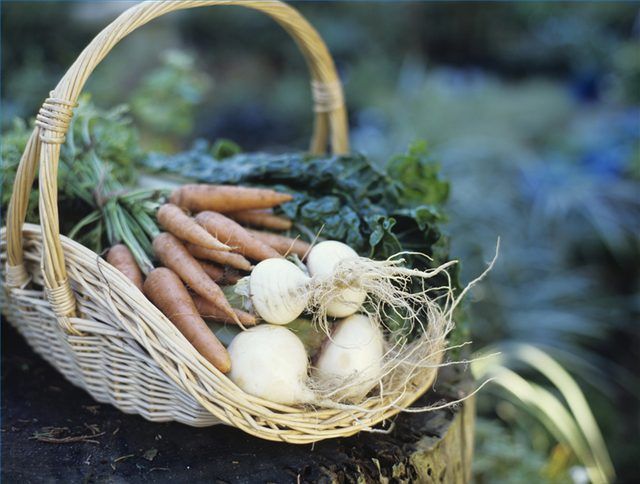Bulbs
Flower Basics
Flower Beds & Specialty Gardens
Flower Garden
Garden Furniture
Garden Gnomes
Garden Seeds
Garden Sheds
Garden Statues
Garden Tools & Supplies
Gardening Basics
Green & Organic
Groundcovers & Vines
Growing Annuals
Growing Basil
Growing Beans
Growing Berries
Growing Blueberries
Growing Cactus
Growing Corn
Growing Cotton
Growing Edibles
Growing Flowers
Growing Garlic
Growing Grapes
Growing Grass
Growing Herbs
Growing Jasmine
Growing Mint
Growing Mushrooms
Orchids
Growing Peanuts
Growing Perennials
Growing Plants
Growing Rosemary
Growing Roses
Growing Strawberries
Growing Sunflowers
Growing Thyme
Growing Tomatoes
Growing Tulips
Growing Vegetables
Herb Basics
Herb Garden
Indoor Growing
Landscaping Basics
Landscaping Patios
Landscaping Plants
Landscaping Shrubs
Landscaping Trees
Landscaping Walks & Pathways
Lawn Basics
Lawn Maintenance
Lawn Mowers
Lawn Ornaments
Lawn Planting
Lawn Tools
Outdoor Growing
Overall Landscape Planning
Pests, Weeds & Problems
Plant Basics
Rock Garden
Rose Garden
Shrubs
Soil
Specialty Gardens
Trees
Vegetable Garden
Yard Maintenance
How to Grow a Small Vegetable Garden
How to Grow a Small Vegetable Garden. Many homeowners dream of planting a vegetable garden, yet yard space or community rules could limit the size of the garden. Nevertheless, the size of the garden does not dictate whether a garden can exist or not. Vegetable gardens grow in the smallest of areas by using one of these three methods for successful...

Many homeowners dream of planting a vegetable garden, yet yard space or community rules could limit the size of the garden. Nevertheless, the size of the garden does not dictate whether a garden can exist or not. Vegetable gardens grow in the smallest of areas by using one of these three methods for successful small garden growing.
Things You'll Need
Spade
Rototiller
Compost or manure
Rake
Bonemeal
2-inch thick boards
Prepared garden soil
Bricks, blocks or concrete
Trellis materials
Any waterproof container
Tray to fit under the waterproof container
Drill
Planting medium
Use the French Intensive Method
Use the century old method of French intensive gardening that combines special soil preparation with heavy organic fertilizing and dense plantings of vegetables.
Prepare the garden bed by rototilling or double digging with a spade. Work in compost and manure until 1/3 of the top 12 inches of soil is organic matter.
Form a low mound with the soil and rake smooth. Add manure and bone meal to the top 2 inches of the mound and work it in before raking smooth again.
Water the mound for 2 days before planting with seed or starter plants. Thin the seedlings in a French intensive garden to half of the required spacing recommended on the packet.
Use Raised Beds or Planters
Choose to plant a small garden using raised beds or planters if the soil is not fertile or has poor drainage. Using raised beds also minimizes the stooping required for weeding and planting. In addition, raised bed soil warms earlier than the surrounding ground.
Make a raised bed by stacking 2-inch thick treated boards into a 4x4 foot square until 12 inches high. Support the boards with stakes on the outside.
Fill the planter with enriched soil until about 3 inches below the top edge of the planter box.
Construct raised beds in traditional squares or rectangles, as stepped boxes for more plantings or as a planter with a trellis for pole beans.
Grow Vegetables in Containers
Grow vegetables in containers all year round since they can move from indoors to the patio or deck and the backyard.
Plant vegetables like lettuce, carrots and radishes that take up little garden space in a container garden. Rhubarb or squash quickly outgrow a container garden.
Use a galvanized or plastic pail to grow vegetables in, as long as it is sturdy. If there are no drain holes, drill some around the base about an inch from the ground on the sides.
Fill the container with a garden mix of vermiculite, peat moss and fertilizer before planting.
Buy miniature varieties of garden vegetables that use less space to grow in container gardens.
Tips & Warnings
Use companion planting methods or seed broadcasting in a small French intensive garden.
You can cover this style of box with glass and use as a cold frame in the winter.
Use blocks, brick, concrete or other woods to make the raised planter boxes.
Water container gardens frequently because they dry out quicker.